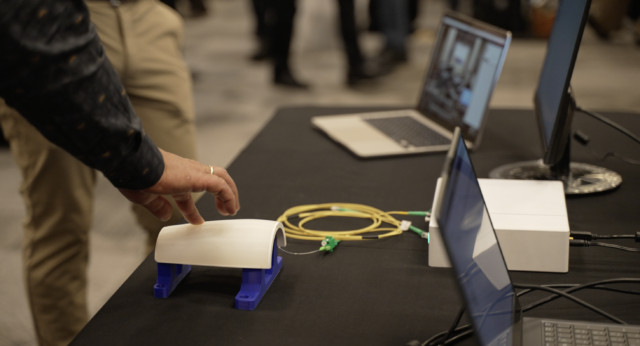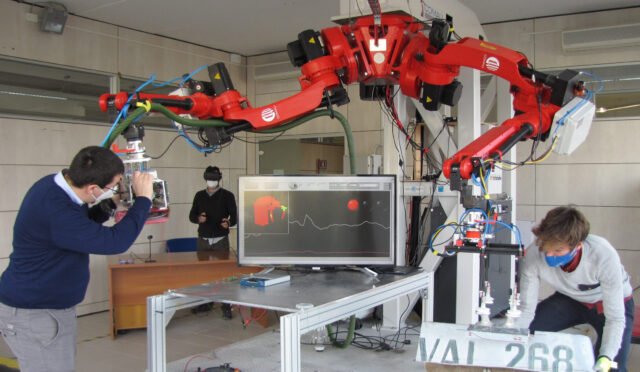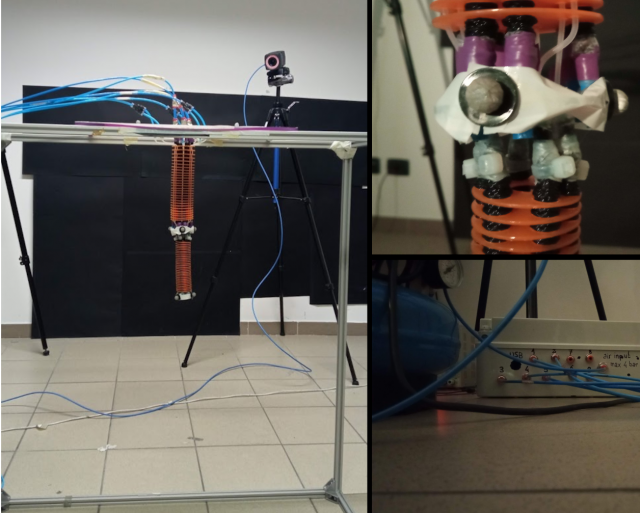HomeRobotic Database - Single Infrastructure | TERRINet


Address:
Coldharbour Ln, Stoke Gifford,
Bristol BS16 1QY, UK
Website
http://www.brl.ac.uk/researchthemes/assistedliving.aspx
Scientific Responsible
Chris Melhuish
About
Mobile robots, working in conjunction with smart sensors, offer proactive initiative to prompt and support a person wherever they are, offering increased availability, awareness and access, as compared to a static system. A robot as the interface also has the potential to offer a more social and entertaining interaction experience. The use of voice and gesture recognition, speech synthesis and sensor information from ambient intelligent environments and smart garments, enable a robotic assistive system to offer more natural interactions. At the BRL, the Anchor Robotics Personalised Assisted Living Studio is an in-house facility to develop, test and implement assistive robots and heterogeneous sensor systems in a realistic environment, bringing together our expertise in robotics, human-robot interaction, intelligent learning systems and person-centred design. This helps to ensure real-world applicability of our research and can help in reducing the time to get these innovative technologies to market. A person-centred approach is adopted: understanding people’s context of use and perspectives on robotic assistive technology; investigating potential barriers and constraints and criteria for acceptability; considering ethical issues and social and cultural impact of the technology. A key aspect of the research into Assistive Robotics is developing contextual and social intelligence for the robot to interact appropriately, safely, and reliably in real-time. The aim is to develop robust and intelligent assistive robots by incorporating both environmental and user characteristics, and behaviour as part of the overall control system architecture.
Available platforms

Assisted Living Studio
Anchor Robotics Personalised Assisted Living Studio is an in-house facility to develop, test and implement assistive robots and heterogeneous sensor systems in a realistic environment, bringing together our expertise in robotics, human-robot interaction, intelligent learning systems and person-centred design. This helps to ensure real-world applicability of our research and can help in reducing the time to get these innovative technologies to market.

Engineered Arts – SociBot mini
SociBot Mini integrates the core technologies of RoboThespian in a desktop-sized robot. Extra ports and multiple Ethernet connections make it easy to interface with your choice of hardware. The projective head and fully articulated neck make SociBot even more expressive than its larger sibling. Ideal for individual researchers, small-footprint telepresence, or just for playing around with at home, SociBot offers a simple and affordable introduction to advanced robotics. SociBot can track the position of more than 12 people at a time, even in a crowd. It can also detect gestures like hand waves and body poses. The internal head projector can map any face onto any mould – talk to us about customizing your facial features and projection options. See our Technology section for more details.
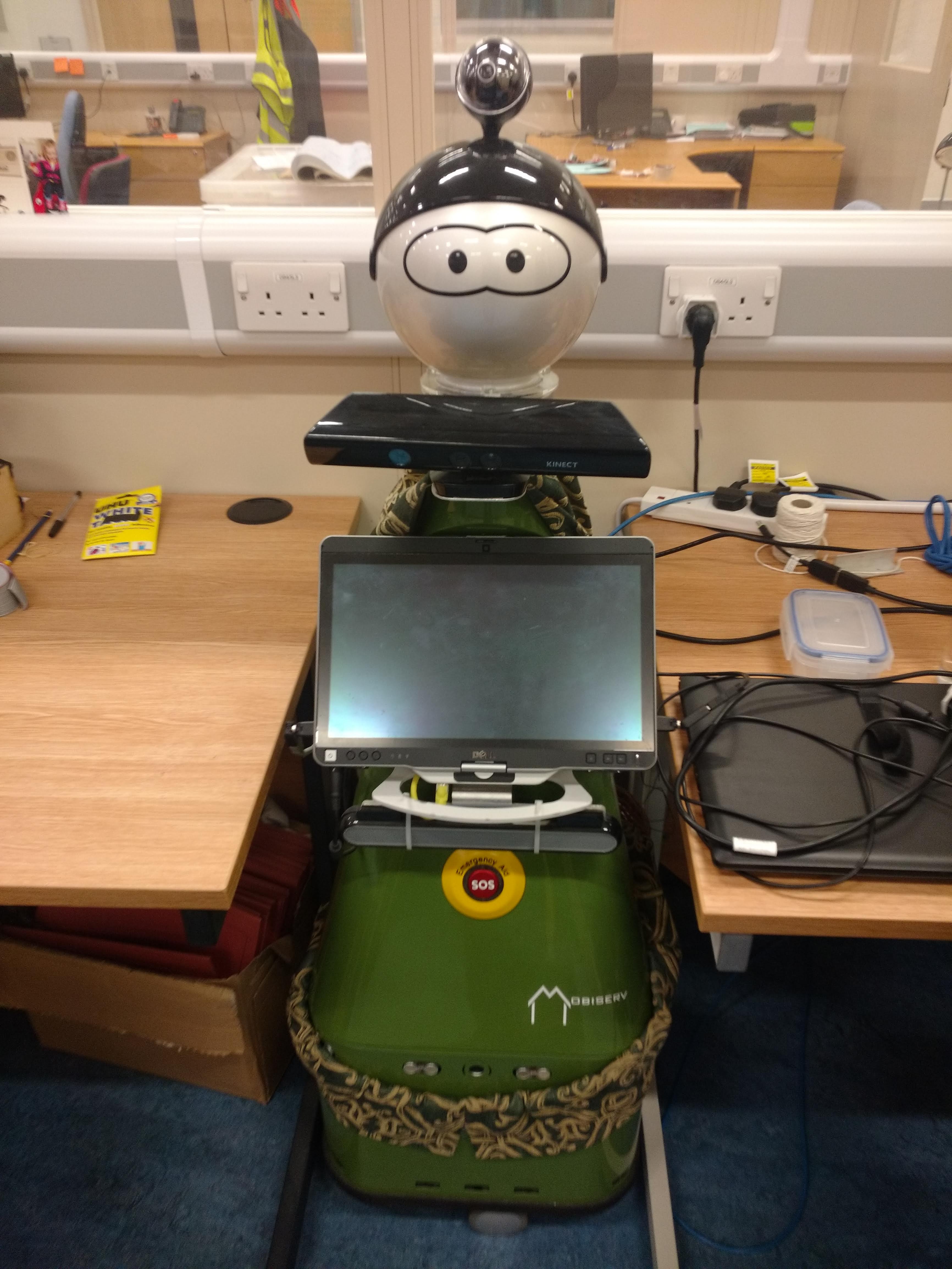
KOMPAÏ Robots – KOMPAÏ 1
Service robot on mobile base, designed to work in indoor environments to support caregivers and healthcare assistants.


